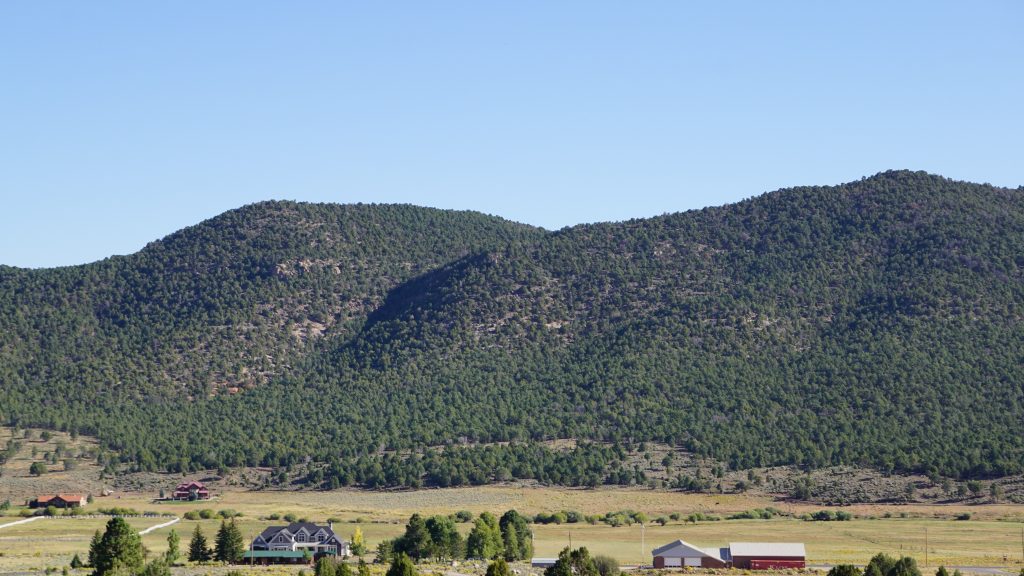
DIXIE NATIONAL FOREST — Dixie National Forest’s fire and fuels managers have recently implemented a fuel reduction project in the Pine Valley area.
The Saddle Fire in the summer of 2016 put the town of Pine Valley at great risk of fire damage, officials say. The residents were under fire evacuation for approximately two weeks.
Read more: Herbert signs law allowing authorities to disable drones; Saddle Fire update
Forest officials have since been working closely with the Pine Valley local fire department and several members of the community during the first phase of the fuels reduction project and look forward to the continuation of hazardous fuels reduction efforts in Pine Valley, according to a press release.
What is hazardous fuels reduction?
Hazardous fuels reduction is the removal of excessive live or dead wildland fuel (vegetation) accumulations with the objective of reducing the potential of uncharacteristically large wildland fires and increasing the ability of firefighters to protect life and property, including communities, municipal watersheds and native plant communities, threatened and endangered species and other socially important cultural resources.
Fuels build up annually through the natural growth and die-off of vegetation, combined with trees and plants killed by disturbances such as disease and insects, snow or wind events and other land-use activities.
Project implementation and time frames are discussed with local elected officials, and notifications to those officials will be provided before, at start and after project commences.

The Dixie National Forest coordinates every prescribed burn with the Utah Department of Air Quality. Utah smoke management regulations are followed, and burning may only take place with a clearing index of 500 or higher to reduce the impacts of smoke.
All Dixie National Forest prescribed fire fuel reduction projects employ available smoke reduction techniques to help mitigate the impacts of smoke. Aerial ignition will be used, when practical, to shorten project implementation time and reduce smoke duration and help minimize impacts to scenic areas.
The Dixie National Forest fire and fuels managers realize that a “one size fits all” approach to reducing fuels is not sound management, according to the press release. Instead, they use multiple treatment methods to accomplish fuel load reductions that provide benefits for the resources.

“A combination of mechanical and prescribed fire treatments are needed to mitigate hazardous fuels, restore forest health and create sustainable, fire adapted, resilient ecosystems,” Keith Adams, fuels planner for Dixie National Forest, said in the release.
Adams went on to explain that mechanical treatments are generally used first to remove commercially available products such as timber and firewood and/or to rearrange noncommercial vegetation to reduce stand densities and break up surface and aerial fuel continuity.
“Prescribed fire consumes non-commercial live and dead surface vegetation/fuels (needle litter, grasses, forbs, shrubs, branches, small trees and downed logs) that are the primary carriers of fire,” Adams added.
For more information, visit the Dixie National Forest website or Facebook page.
Email: [email protected]
Twitter: @STGnews
Copyright St. George News, SaintGeorgeUtah.com LLC, 2018, all rights reserved.
That’s great
Too bad California isn’t smart enough to take action like this. They’d rather let the liberal environmentalits have everything burn before they actually did anything. Oh wait…. My bad, that’s actually what they’re doing right now!